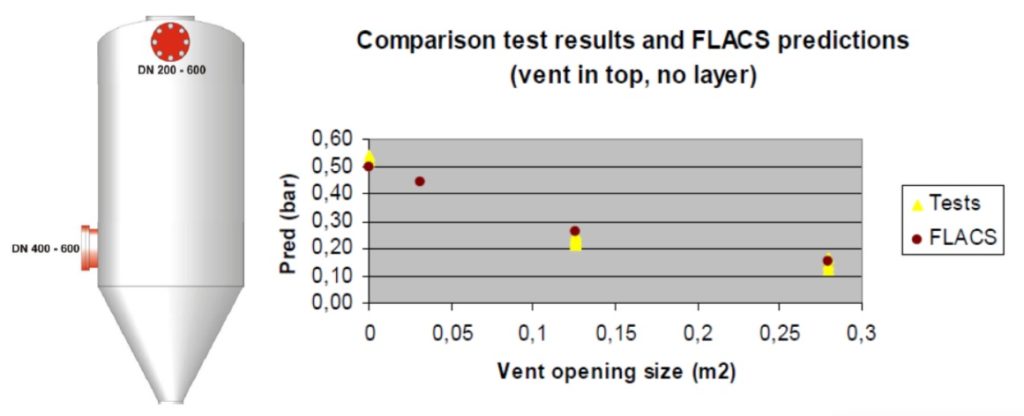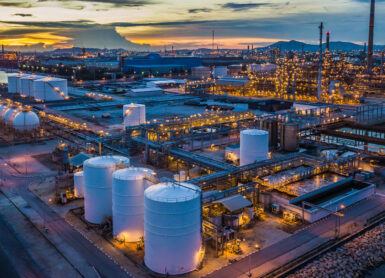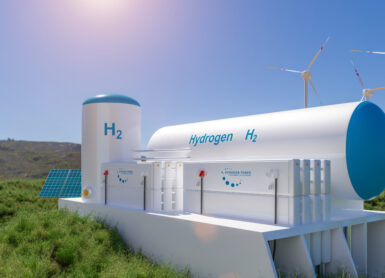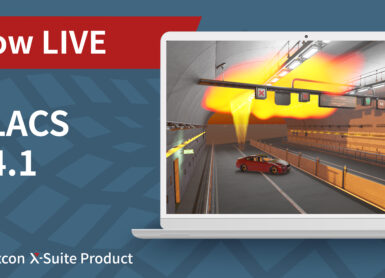

A fire broke out in Hebei Longcheng Coal Comprehensive Utilization Co., Ltd. at 11:40 on May 24th, 2019 and there was an assumption that an explosion might have occurred. On the next day, the government of Caofeidian District, Tangshan, Hebei Province issued a notice on the accident. The preliminary investigation indicated that the spontaneous combustion of coal powder at the company’s No. 809 conveyor belt had caused the fire. The accident caused eight employees injured to varying degrees, two of them died after being rescued. The specific circumstances of the accident are subject to further investigation.
Regarding this, we created a demo with FLACS simulation to understand better what has happened. First, we build a geometric model of the coal belt conveyor in the core area of the dust explosion using the software. We placed a pressure relief panel every 10m on both sides. The assumptions are: the concentration of coal powder in the corridor is 2kg/m3, the dust cloud fills the entire corridor area, and the location of the ignition source is at the top left of the gallery.
The results of the FLACS simulation showed that after the spontaneous combustion of pulverized coal, the fire quickly developed into an explosion accident. The reasons behind this were the narrow corridor of space area, significant wind corridor channelling effects and the difficulty in finding the initial fire. The explosion flame propagated forward along the corridor. Then, the explosion shock wave broke through the pressure relief panel, transmitting part of the flame from the vent. Also, part of the dust is sprayed out from the venting port after the pressure relief broke. The flame ignited the dust that sprayed out so that we could see flames falling to the ground. Also, the explosion shock wave gave an impact to the ground below the coal conveyor belt.
The first version of FLACS-DustEx was developed in a project sponsored by the European Commission. Apart from Gexcon, there were 10 main participants in the FLACS-DustEx project: HSL, TNO, Inburex, Fraunhofer-ICT, FSA, Øresund Safety Advisors, Warsaw University of Technology, Delft University of Technology, Hahn & Co and Lyckeby Culinar. Fike, INERIS, and the University of Bergen were also contributing. The project involved extensive experimental work, measurements in real process plants, modelling, and validation. The CFD code FLACS for dust explosion is a finite-volume CFD code, where a structured Cartesian grid solves transport equations for mass, momentum, enthalpy, fuel, mixture fraction, turbulent kinetic energy (k), and rate of dissipation of turbulent kinetic energy (ε). To achieve independent and fast turbulent flow field development and represent turbulence production from objects that cannot be solved by computational grids, the turbulence model k-ε stander is modified by adding a velocity gradient to the source for the turbulence production.
Extensive experiments were the key to the validation of FLACS-Dustex. For example, in the paper titled “Dust explosion venting and suppression of conventional spray dryers”, published at the 11th International Symposium of Loss Prevention and Safety Promotion in the Process Industries in 2004, Richard Siwek et al. conducted dust explosion experiments using devices and simulated them with FLACS-Dustex as shown below. Moreover, you can see in the figure that there is a good agreement between the experiments and the results.

FLACS-Dustex can simulate the consequences of industrial dust explosions under the actual geometry model. The module can accurately simulate the consequences of dust explosions and the effectiveness of mitigation measures to improve the safety and cost-effectiveness of the design. Therefore, FLACS-Dustex has a significant effect on accident investigation and device design, especially in evaluating mitigation measures, such as ventilation facilities, fire suppression systems, and explosion-proof panels.
Other FLACS-CFD

Gexcon to present, sponsor and exhibit at the 2024 Spring Meeting and 20th Global Congress on Process Safety.
Gexcon is pleased to announce that we will present, sponsor, and exhibit at the 2024 AIChE Spring Meeting and 20th Global Congress on Process Safety (GCPS). The event will be held on March 24 -28 at New Orleans Ernest N. Morial Convention Center,…
News
Gexcon collaborate with Global R & D to present webinar | Understanding Hydrogen for Safer, Better Design and Operation.
Gexcon is pleased to announce that we will collaborate with Global R & D to deliver a knowledge-sharing webinar. Our esteemed colleague in Singapore, Richard Lee, will deliver this webinar entitled “Understanding Hydrogen for Safer, Better Design and Operation” which aims to…
News
FLACS 24.1 is now live
Gexcon’s latest release, FLACS 24.1, marks a key advancement in the realms of geometry handling and fire safety simulation.
FLACS-CFD News